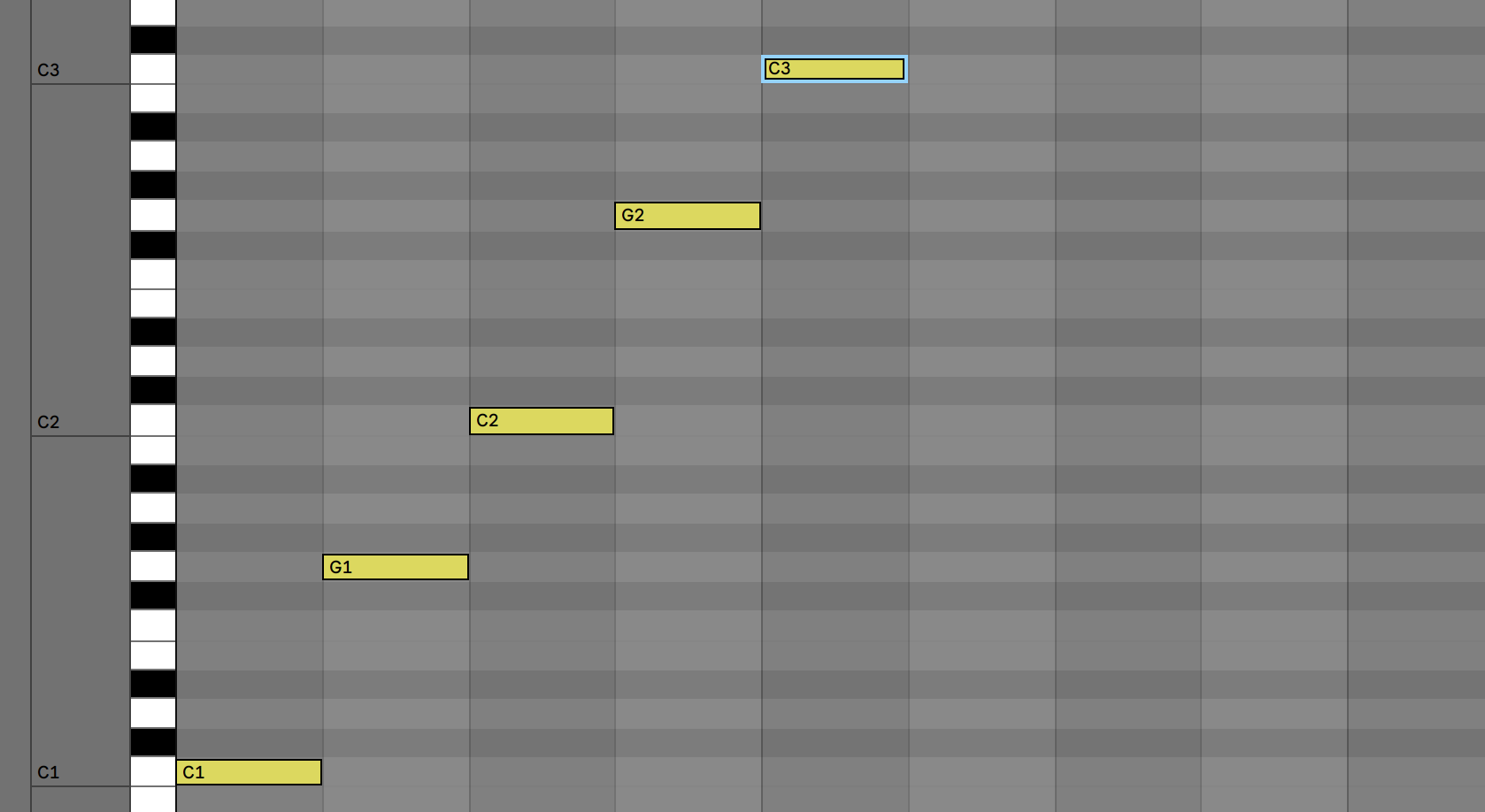Contents
1. Variation of Pitch Names
This website is written in English—Which means that people from various countries will visit here. And since music education differs between countries, I’d like to start from checking the very basis of music : the names of pitches.
I suppose that assigning alphabets is the most prevalent system in the world but it may differ in your country. In Japan (and maybe France and Italy as well?), for example, do-re-mi is commonly used.
In this website, I’m gonna use alphabets for pitches. As to do-re-mi, they’ll play a different roll within theory (in “Melody” part). So those who are familiar with other pitch notations than ABC have to get accustomed to alphabets! Hold on🥺
2. Octave and Its Equivalence
In music world, only 7 letters are used and pitch names—from A to G. It loop like C-D-E-F-G-A-B-C. The distance between this two identically named pitch is called an Octave.
When distinguishing these pitches, numbers are used like C1, C2, C3…..As you see in a DAW.

They’re of-course different in its height of pitch. But you somehow recognize the equivalence of sound character between them. So if you play every white key of piano in ascending order, you will definitely feel the sense of looping.
This is one of the mysteries of your brain and is called Octave Equivalence1.
3. Sharp and Flat
So you have 7 letters primarily assigned to white keys of piano.
To indicate black keys, Sharp(♯) or Flat(♭) is used.
So there are two “spellings” for one pitch. This situation is termed Enharmonic : C♯ and D♭ are enharmonic pitches.
Only under musical context can you judge which spell is proper. We shall see many situations later on and learn which to spell. For now you don’t have to care.
German Pitch Names
In Classical Music filed, sometimes different naming system like following is adopted.
This is a classical German style. It excels in the quickness of pronunciation, but in popular music field it’s not much used since it’s a bit complicated. In this website it’s not used either. So just forget it.
Apart from some extra tidbits, only you have to remember is just ABC assignment to the keys of piano!
Summary
- Alphabets are used to indicate pitches. Octave is distinguished by number when needed.
- Notes that are the same in pitch but labeled differently are enharmonic.
